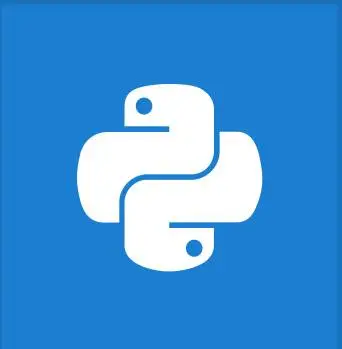


Python 中的 `strip()` 函数根据给定的参数移除原始字符串副本的前导和尾随字符。该方法将此副本作为输出返回。
string.strip([chars]) #where chars are those to remove from right & left
`strip()` 函数将一组字符作为其参数。如果未提供 `chars`,则从字符串中移除前导和尾随的空格。
| 参数 | 描述 | 必需/可选 |
|---|---|---|
| chars | 要移除的前导和尾随字符 | 可选 |
返回值始终是一个字符串。它从字符串的左右两端开始搜索,直到找到第一个匹配项,如果到达字符串末尾则停止移除。
| 输入 | 返回值 |
|---|---|
| 字符串 | 字符串副本 |
string1 = ",,,,,rrttgg.....python....rrr"
# Removing characters
string2 = string1.strip(",.grt")
print(string2)
输出
python
string1 = " Hii Python! "
# Removes white spaces
after_strip = string1.strip()
输出
Hii Python!